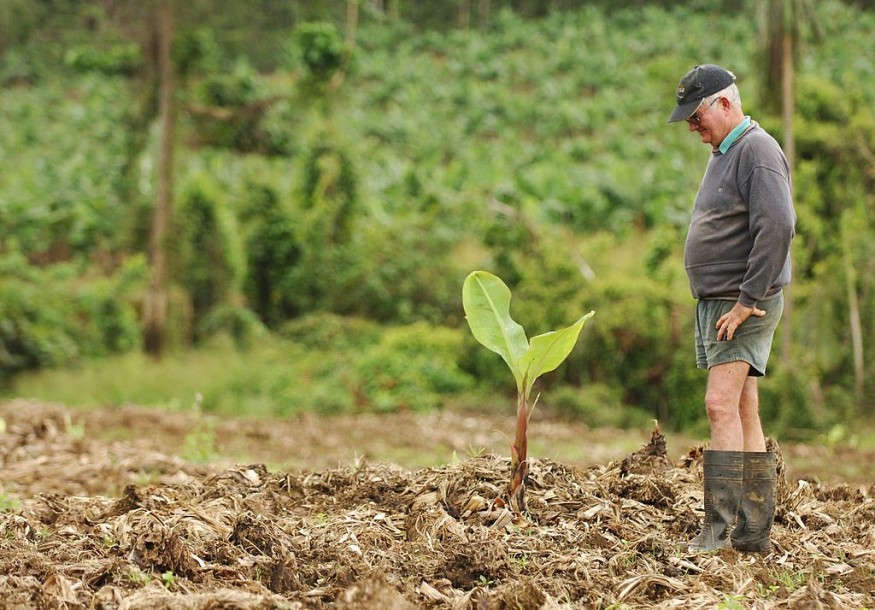Contrary to the belief that Australia's first peoples were 'only hunter-gatherers,' archeologists found evidence that the earliest indigenous communities cultivated bananas. In the western Torres Strait, relics of cultivation and management were found at Wagadagam on the tiny island of Mabuyag and dated back to 2,145 years ago.
Archeologists from Australian National University (ANU) say that they have found evidence that Australia's Indigenous Peoples managed ancient banana farms 2,145 years ago.
The study revealed that contrary to the belief they Australia's first peoples were 'only hunter-gatherers,' the ancestors of the Goegmulgal people of Mabuyag engaged in "complex and diverse cultivation and horticultural practices," at least 2,000 years ago.

Significance of the Study
It was widely believed that Aboriginal and Torres Strait Islander peoples were nomadic hunter-gatherers before the British colonized them.
However, historians argue that shreds of evidence of indigenous agriculture systems were denied by the British colonizers to justify that their claim is unsettled and unoccupied.
Williams says that the findings dispel the thought that the early peoples from Australia were "only hunter-gatherers."
The Torres Strait was historically seen as a divide between indigenous groups: those who practiced agriculture in New Guinea and the hunter-gatherers in Australia.
But with the new findings, the Torres Strait is now seen as a "bridge or filter" of agricultural practices from north and south.
READ ALSO : Abandonment of an Ancient Mayan City Explained
Interesting Finds on the Islands of Mabuyag
The researchers found banana microfossils, stone tools, shell arrangements, rock art, a mound of dugong bones, charcoal, and retaining walls at Wagadagam on the tiny island of Mabuyag in the western Torres Strait.
The land was utilized as intensive banana cultivation, as evidenced in the discovered starch granules, banana plant microfossils, and charcoal.
Burning for garden activities was associated with the charcoal found on the site.
The stone flake tools with plant residues along with their cutting surfaces were also discovered.
According to Dr. Duncan Wright, the co-researcher of the study, the age of the banana propagation is also very significant, as it is the earliest evidence of plant management in the Torres Strait.
The study team also found Indo-Pacific horticultural traditional staples such as yams, taro and banana, and fat and protein sources such as fish, dugong, and turtle. Mr. Williams said that these findings mean that these early people had a very high-quality diet.
"Food is an important part of Indigenous culture and identity, and this research shows the age and time depth of these practices," said Mr. Williams.
The lead researcher, Kambri-Ngunnawal scholar Robert Williams was a descendant of the Kambri Ngunnawal peoples. He hopes that this will make the indigenous communities of Australia proud. It gives a picture of the complexity of early horticulture practices by early ancestors in the western Torres Strait.
The study, which was done to be a team of archeologists from Australian National University and the University of Sydney, was published in Nature, Ecology, and Evolution.
READ NEXT: Shell LlamaOffering in Lake Titicaca Deepens Our Understanding of Past Cultures
© 2025 NatureWorldNews.com All rights reserved. Do not reproduce without permission.





